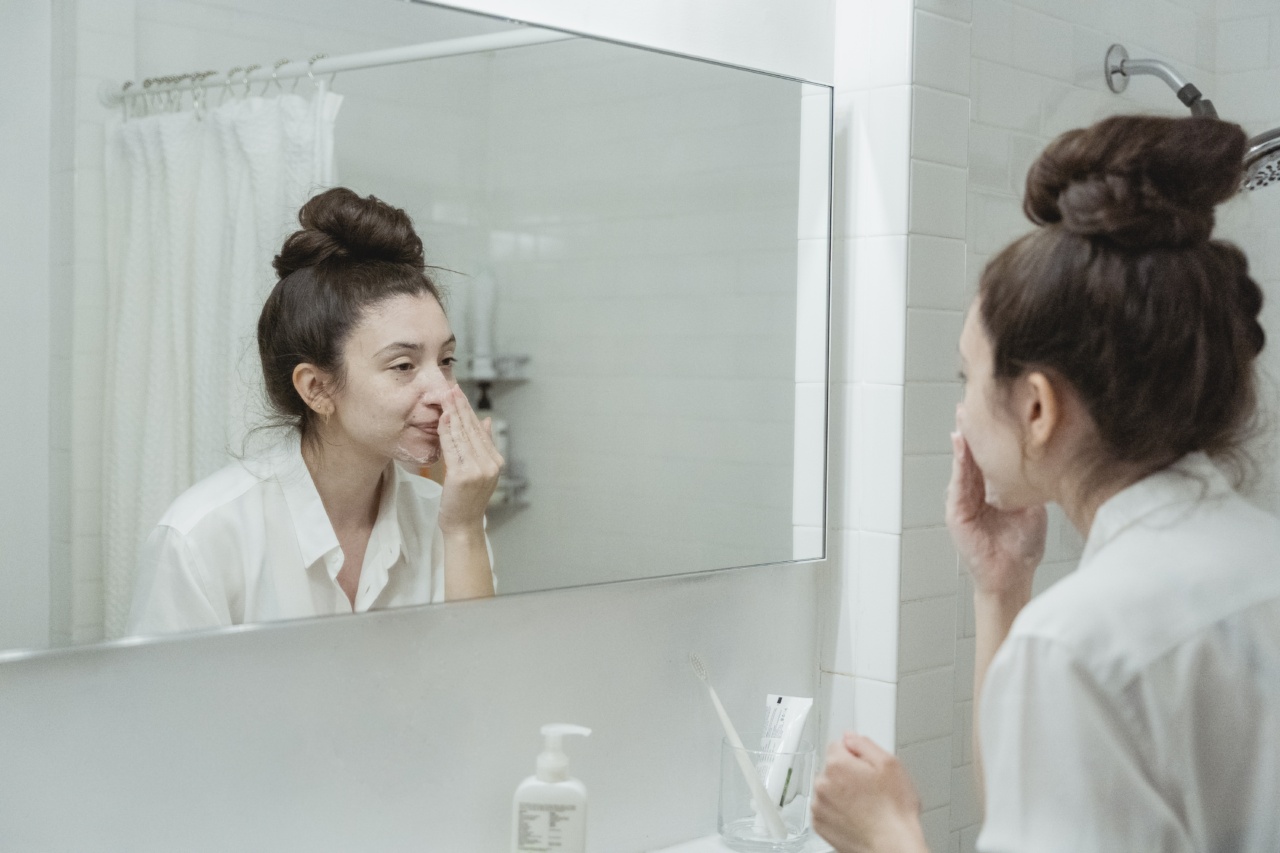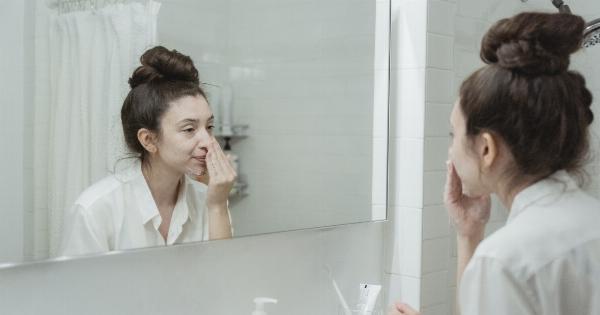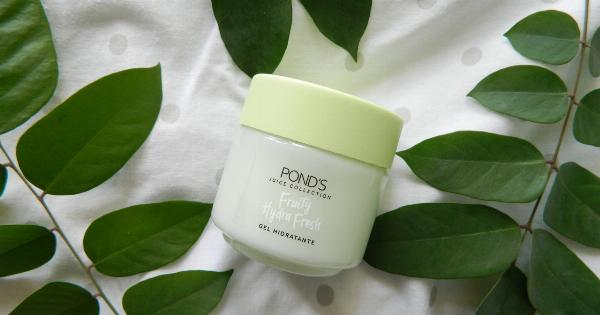We all have our daily routines when it comes to personal hygiene, and for many of us, washing our face in the shower is a no-brainer. It saves time, and we feel refreshed and clean afterward.
However, there are some crucial reasons why you should reconsider this practice.
The Temperature Factor
The temperature of the water in your shower can have a significant impact on the health and appearance of your skin. Hot water tends to strip away the natural oils and moisture that keep your skin healthy and hydrated.
When you wash your face under hot water, it can leave your skin feeling tight, dry, and potentially irritated.
On the other hand, if you prefer cold showers, the cold water may not effectively remove dirt, oil, and other impurities from your skin. So, washing your face with water that is too hot or too cold can be counterproductive for your skin’s health.
The Pore Conundrum
Another reason why washing your face in the shower is not ideal is that hot water causes your pores to open up. While this might sound like a good thing since it allows for a deeper cleanse, it can actually backfire.
When your pores open up, they become more vulnerable to the dirt, bacteria, and other impurities that are present in the shower water. This can lead to clogged pores and potentially even acne breakouts.
It’s best to cleanse your face separately with lukewarm water to minimize these risks.
Soap and Steam Don’t Mix
The steam generated by a hot shower can help open up your pores, but it also affects how your cleanser works on your skin.
Steam can cause the soap or face wash you use to become less effective, as it dilutes the product and reduces its ability to remove impurities from your skin.
Additionally, the soapy residue can be challenging to completely rinse off in the shower. This residue can clog your pores and lead to irritation and breakouts.
Shower Water Quality
While some people are fortunate to have access to clean and purified water, many areas have hard water or water containing contaminants and chemicals such as chlorine.
Washing your face under such water can be harsh and detrimental to your skin’s health.
The harsh chemicals and minerals present in the water can strip away your skin’s natural oils, leading to dryness and irritation. It is recommended to use clean or filtered water for your face cleansing routine.
Optimal Face Washing Techniques
Now that we’ve established why washing your face in the shower may not be the best idea let’s explore the optimal techniques for maintaining clean and healthy skin.
1. Start with Clean Hands
Before you begin your face washing routine, always ensure that your hands are clean. Touching your face with dirty hands can transfer bacteria and other impurities, leading to breakouts or infections.
So, wash your hands thoroughly with antibacterial soap before touching your face.
2. Use Lukewarm Water
As mentioned earlier, using hot or cold water can be harsh for your skin. Lukewarm water is the ideal choice as it helps to open up your pores without causing excessive dryness or irritation.
3. Choose the Right Cleanser
The cleanser you use should be suitable for your skin type. If you have sensitive skin, look for gentle, fragrance-free cleansers that won’t cause irritation.
For oily or acne-prone skin, opt for cleansers that have ingredients like salicylic acid or benzoyl peroxide to help control excess oil and fight breakouts.
4. Gently Massage in Circular Motions
Apply a small amount of cleanser to your fingertips and gently massage it into your skin using circular motions. This helps to remove dirt, oil, and dead skin cells from the surface of your skin without causing excessive friction or damage.
5. Rinse Thoroughly
Once you have massaged the cleanser into your skin, make sure to rinse it off completely. Leaving any residue behind can clog your pores and lead to irritation or breakouts. Rinse with lukewarm water until you no longer feel any product on your skin.
6. Pat Dry with a Clean Towel
After rinsing your face, gently pat your skin dry with a clean towel. Avoid rubbing your face vigorously, as this can cause irritation and damage. Instead, gently dab your skin to remove excess moisture.
7. Apply Moisturizer
Moisturizing is a crucial step in any skincare routine. Applying a moisturizer helps to replenish your skin’s natural moisture and keep it hydrated throughout the day.
Choose a moisturizer that suits your skin type and apply it while your skin is still slightly damp to lock in moisture.
8. Follow with Sunscreen
Protecting your skin from harmful UV rays is essential for overall skin health and preventing premature aging. Apply a broad-spectrum sunscreen with an SPF of 30 or higher, even if you’re not planning to spend much time outdoors.
9. Avoid Overwashing
While it’s essential to keep your skin clean, overwashing can have negative effects. Cleansing your face twice a day, once in the morning and once at night, is generally sufficient for most people.
Overwashing can strip away too many natural oils, leading to dryness and irritation.
10. Consider Using a Toner
A toner can help to remove any remaining impurities after cleansing, balance your skin’s pH levels, and prep your skin for other skincare products. Look for alcohol-free toners to avoid drying out your skin.
By following these optimal face washing techniques, you can ensure that your skin remains clean, healthy, and free from unnecessary irritation or breakouts.





























